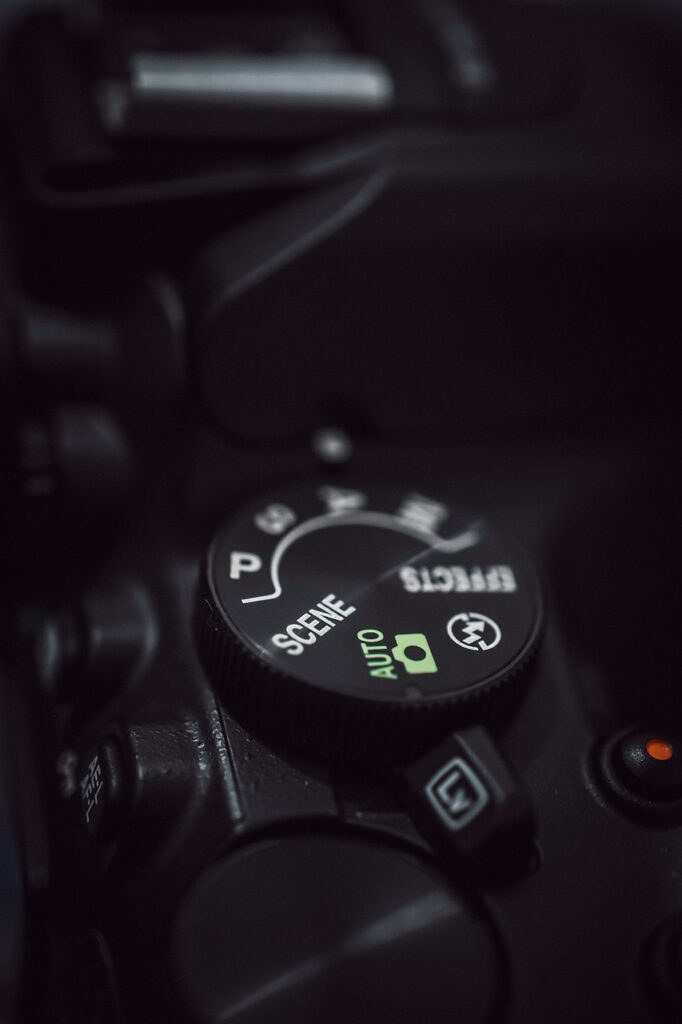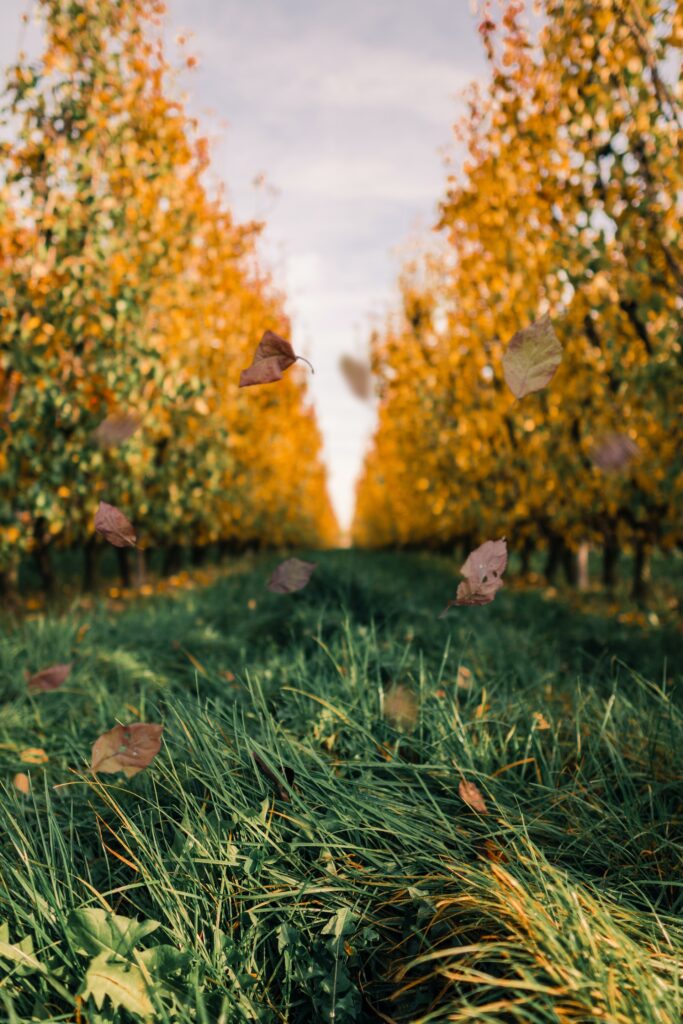Table of Contents
Dive Deep into Understanding Depth of Field in Photography – Get Ready for Stunning Pics!
Introduction to Depth of Field
When it comes to capturing stunning photographs, understanding the concept of depth of field is crucial. Depth of field is a fundamental aspect of photography that has a profound impact on the visual storytelling and composition of your images. In essence, it refers to the range of distance within a photograph that appears acceptably sharp, both in front of and behind the focal point. This creative tool allows photographers to control which elements of an image are in focus and which are blurred, thus influencing the viewer’s perception and engagement with the scene.
What is Depth of Field in Photography?
Depth of field, often abbreviated as DOF, is a powerful tool that photographers use to manipulate the visual impact of their images. To put it simply, it’s the extent to which objects in the foreground, middle ground, and background of a photograph are in sharp focus. Understanding this concept allows photographers to make creative decisions, ensuring that the subject they want to emphasize stands out while distracting elements remain pleasantly blurred.
Significance of Understanding Depth of Field
Why is it essential to grasp the nuances of depth of field? Well, it can make or break a photograph. Whether you’re capturing a breathtaking landscape, a captivating portrait, or a mesmerizing macro shot, depth of field plays a pivotal role in conveying your artistic vision. By harnessing its power, you can guide the viewer’s eye, add dimensionality, and evoke emotions through your images.
Distinguishing Shallow and Deep Depth of Field

Now, let’s delve deeper into the two primary categories of depth of field: shallow and deep.
Shallow Depth of Field
Shallow depth of field, also known as “narrow depth of field,” occurs when only a small portion of the image is in sharp focus, while the foreground and background are beautifully blurred. This technique is a favorite among portrait photographers, as it allows the subject to pop against a dreamy, bokeh-filled backdrop. Achieving a shallow depth of field typically involves using a wide aperture (e.g., f/1.4, f/2.8) on your camera lens.
Deep Depth of Field
On the other end of the spectrum, we have deep depth of field, where a larger portion of the image remains sharp and in focus, from the foreground to the background. This technique is commonly employed in landscape photography, where it’s essential to capture intricate details throughout the entire scene. Deep depth of field is achieved by using a smaller aperture (e.g., f/16, f/22), which allows less light to enter the lens.
Factors That Impact Depth of Field

Now that we’ve explored the two extremes of depth of field, it’s essential to understand the factors that influence it. These factors can be thought of as the levers you can adjust to tailor the depth of field to your specific needs.
The Role of the Aperture
Aperture, often measured in f-stops (e.g., f/2.8, f/8, f/16), is one of the most critical elements affecting depth of field. A smaller f-number (e.g., f/2.8) corresponds to a wider aperture, resulting in a shallower depth of field, while a larger f-number (e.g., f/16) yields a narrower aperture and a deeper depth of field.
Affect of Focal Length
The focal length of your lens also plays a significant role in determining depth of field. In general, longer focal lengths (e.g., 200mm) tend to produce a shallower depth of field, while shorter focal lengths (e.g., 24mm) create a deeper depth of field. This means that portrait photographers often use telephoto lenses for their pleasing background blur, while landscape photographers prefer wide-angle lenses for maximum sharpness throughout the frame.
Influence of Subject Distance
The distance between your camera and the subject can also have an impact on depth of field as well. The closer you’re to subject, the shallower the DOF becomes. Conversely, when you move farther away, the depth of field increases. This is a valuable tool for controlling the visual impact of your shots, particularly in portrait photography.
Fundamental Sensor Size and its Impact
Another factor to consider is the size of your camera’s sensor. Cameras with larger sensors, such as full-frame models, tend to produce a shallower depth of field compared to cameras with smaller sensors, like those found in many compact digital cameras. Understanding this can help you choose the right equipment for your desired photographic style.
How to Control Depth of Field?

To master depth of field, you must learn how to manipulate these factors effectively. Let’s explore how to control depth of field through various techniques.
Controlling Depth of Field through Aperture Settings
First, controlling depth of field through aperture settings is a fundamental technique. As mentioned earlier, adjusting your aperture size, measured in f-stops, allows you to fine-tune the extent of sharpness in your images. For example, if you want to isolate a portrait subject against a blurred background, choose a wide aperture like f/1.4. Conversely, if you’re shooting a landscape and want everything in focus, opt for a smaller aperture like f/11 or f/16.
Manipulating Depth of Field through Camera-Subject Distance
Another crucial technique involves manipulating the distance between your camera and the subject. As you get closer to your subject, the depth of field becomes shallower. This can be advantageous when you want to emphasize a subject’s details while blurring the surroundings. Conversely, increasing the distance between the camera and the subject deepens the depth of field, ideal for capturing sweeping landscapes in sharp focus.
Adjusting Depth of Field through Focal Length
Your choice of focal length also influences depth of field. Telephoto lenses with longer focal lengths create a shallower depth of field, making them perfect for isolating subjects and achieving creamy background bokeh. In contrast, wide-angle lenses with shorter focal lengths provide a deeper depth of field, ensuring that more of the scene remains in focus.
Role of Camera’s Sensor Size in Controlling Depth of Field
If you have the flexibility to choose a camera with different sensor sizes, keep in mind that sensor size impacts depth of field. Cameras with larger sensors produce a shallower depth of field, enhancing subject isolation and background blur. Conversely, smaller sensor cameras inherently yield a deeper depth of field, suitable for situations where you want more of the scene in focus.
Calculating Depth of Field

Importance of a DOF calculator
Calculating depth of field precisely can be a complex task, especially when dealing with various factors like aperture, focal length, and subject distance. That’s where a depth of field calculator becomes invaluable. These tools help photographers determine the range of acceptable sharpness in their images, ensuring that critical elements are in focus.
How to Use a Depth of Field Calculator
Using a depth of field calculator is relatively straightforward. Simply input the relevant information, such as your lens’s focal length, aperture setting, and subject distance, and the calculator will provide you with the near and far limits of sharpness. Armed with this information, you can confidently adjust your camera settings to achieve your desired depth of field.
Here you can use Depth of Field Calculator.
Examples of Depth of Field Usage

Using Shallow Depth of Field in Photography
Let’s explore some practical examples of DOF usage in photography.
- Portrait Photography: Portrait photographers often use a shallow depth of field to isolate their subjects from distracting backgrounds. This technique creates a beautiful bokeh effect, making the subject stand out in a visually pleasing manner.
- Macro Photography: In macro photography, where you capture tiny subjects up close, a shallow depth of field allows you to highlight intricate details while blurring out the rest, drawing the viewer’s attention to the subject’s beauty.
- Food Photography: Shallow depth of field can make food look more appetizing by focusing on the main dish and gently blurring the background, creating a sense of depth and sophistication.
Examples of Deep DOF in Photography
Conversely, deep depth of field finds its applications in various photographic scenarios:
- Landscape Photography: When capturing vast landscapes, you want every element, from the foreground to the distant horizon, to be in sharp focus. Deep depth of field, achieved with a small aperture, ensures that the entire scene is crystal clear.
- Architecture Photography: In architectural photography, it’s essential to showcase the intricate details of buildings and structures. Deep depth of field ensures that every element, no matter how near or far, is captured with precision.
- Group Portraits: When photographing large groups of people, especially in formal settings, deep depth of field ensures that everyone in the group remains in focus, avoiding any unintentional blurriness.
Leveraging Both Shallow and Deep Depth for Artistic Merit
Ultimately, mastering depth of field allows photographers to switch between shallow and deep depths creatively, enhancing the storytelling power of their images. By understanding when to emphasize subject isolation or overall scene sharpness, you can take your photography to the next level.
Conclusion

Final Thoughts on Understanding and Mastering Depth of Field
In the world of photography, depth of field is a versatile tool that every photographer should embrace and master. It empowers you to craft images that convey your vision, capture the essence of a moment, and engage viewers on a profound level. Whether you’re exploring the dreamy realms of shallow depth of field or seeking the clarity of deep depth of field, remember that understanding the factors that influence it and how to control them is key to achieving stunning results.
Key Takeaways:
- Depth of field refers to the range of distances within a photograph that appear acceptably sharp, influencing the visual impact of your images.
- Shallow depth of field isolates subjects against blurred backgrounds, while deep depth of field keeps everything sharp.
- Aperture, focal length, subject distance, and sensor size are key factors that affect depth of field.
- Controlling depth of field involves adjusting aperture settings, camera-subject distance, focal length, and choosing the right camera equipment.
- Depth of field calculators help photographers determine the range of acceptable sharpness in their images.
- Shallow depth of field is ideal for portrait, macro, and food photography, while deep depth of field suits landscapes, architecture, and group portraits.
- Leveraging both shallow and deep depth of field creatively enhances your photographic storytelling abilities.
Frequently Asked Questions
Q: What is depth of field in photography?
A: Depth of field refers to the area in the photograph that appears sharp in focus. It is the range of distance in front of and behind the subject that appears sharp in the image.
Q: How is depth of field affected?
A: Depth of field is affected by several factors, including aperture, distance to the subject, focal length of the lens, and the size of the camera’s image sensor.
Q: What is the aperture and how does it affect depth of field?
A: Aperture refers to the size of the lens opening through which light passes. A wider aperture (smaller f-number) will result in a shallower depth of field, while a narrower aperture (larger f-number) will result in a larger depth of field.
Q: Can I calculate the depth of field?
A: Yes, you can use a depth of field calculator to estimate the depth of field based on your camera settings such as aperture, focal length, and distance to the subject.
Q: How do I maximize depth of field?
A: To maximize depth of field, you can use a narrow aperture (high f-number), increase the distance between the subject and the camera, and choose a shorter focal length lens.
Q: Are there any examples of depth of field in photography?
A: Yes, examples of depth of field in photography are when a subject is in sharp focus while the background is blurred, or when both the foreground and background are in focus.
Q: What is the depth of field preview button?
A: The depth of field preview button is a feature found on some cameras that allows you to see the actual depth of field that will be captured in the image. By pressing this button, the aperture is stopped down to the selected value, giving you a preview of the final image.
Q: Can I calculate the depth of field myself?
A: Yes, you can calculate the depth of field using the formula provided by the depth of field chart or by using a depth of field calculator.
Q: How can I create a shallow depth of field effect?
A: To create a shallow depth of field effect, you can use a wider aperture (smaller f-number), focus on a subject close to the camera, and use a longer focal length lens.
Q: What is depth of focus?
A: Depth of focus refers to the range of distances around the subject that still appear acceptably sharp even when the focus is slightly off. It is the opposite of depth of field, which refers to the sharpness in front of and behind the subject.


